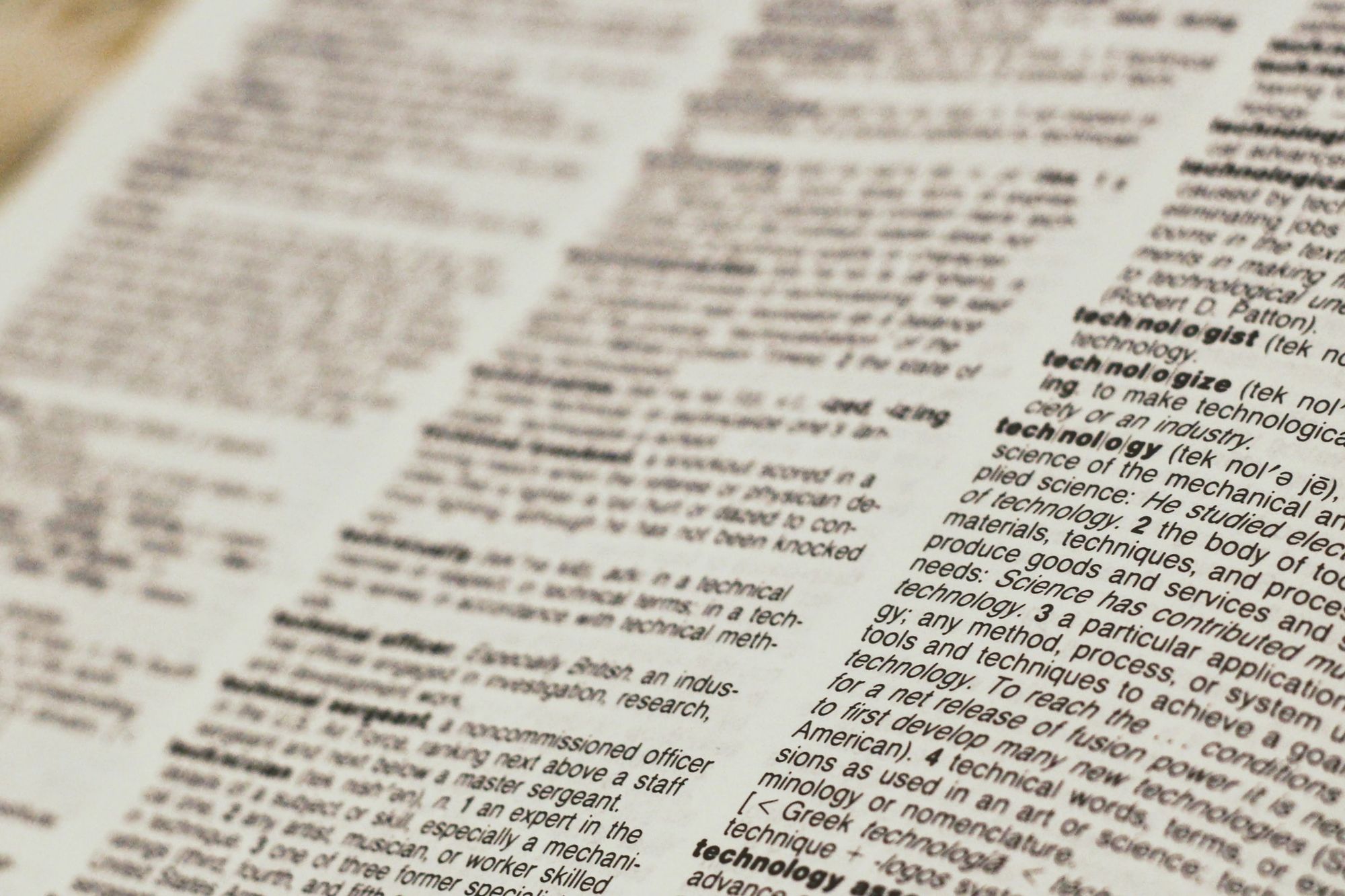
Glossary
Accounts Payable
Amounts due from your business to your creditors. Generally, these are short term liabilities (30-120 days) and are shown under the Current Liabilities section in the Balance Sheet.
Accounts Receivable
Amounts due to your business from your customers. Generally, these amounts are short term receivables (30-120 days) and are shown under Current Assets section in the Balance Sheet.
Accounts Receivable Turnover
A measure used to determine a company's average collection period for receivables. Usually computed by dividing net sales (or net credit sales) by average accounts receivable.
Accrual Basis Accounting
The practice of bookkeeping when income is recorded when earned and expenses are recorded when they are incurred.
Annual Report
A report prepared by a business entity at the end of its calendar or fiscal year. It presents a company's financial position and operating results for use by interested parties, including potential investors, creditors, stockholders, and employees.
Arm's-Length Transaction
Business dealings between independent and rational parties who are looking out for their own interests.
Assets
Economic resources owned or controlled by a person or company.
Balance sheet
A balance sheet is an itemized statement which lists the total assets and the total liabilities of a given business to show its net worth at a given moment in time (like a snapshot).
Bank Reconciliation
Verification of your bank statement and your checkbook balance. Bookkeeping. The act of systematically recording the financial transactions affecting a business.
Calendar Year
An entity's reporting year, covering 12 months and ending on December 31. (See: Fiscal year)
Capital
Property or money used and owned by a business and used to acquire future income or benefits.
Capital Account
An account where an owner's or partners' interest in the business is recorded. It is increased by owner investment and net income and decreased by withdrawals and net losses.
Cash Basis
A bookkeeping method that recognizes revenue and expenses at the time of cash receipt or payment. (Opposite of Accrual Basis.)
Cash Flow
Generally refers to the difference between cash receipts and disbursements over a specific period of time.
Cost of Goods Sold
COGS; The amount determined by subtracting the value of the ending merchandise inventory from the sum of the beginning merchandise inventory and the net purchases for the fiscal period.
Current Liabilities
Liabilities to be paid within one year of the balance sheet date. Depreciation. The expense recognized in writing off the cost of a plant or machine over its useful life, giving consideration to wear and tear, obsolescence, and salvage value. Methods vary. Examples are straight line (SL), accelerated methods such as sum-of-the-years digits (SYD), and double-declining balance (DDB) methods. Primarily accelerated depreciation is chosen for a business' tax expense but straight line is chosen for its financial reporting purposes.
Fiscal Year
A business' reporting year, covering a 12-month month period. (Not necessarily ending on December 31.)
Fixed Assets
Permanent assets of a company required for the regular conduct of business which will not be converted into cash during the next year. Examples are land, building, furniture and fixtures.
GAAP
Generally Accepting Accounting Principles. A priority listing made up of statements of accounting principles issued by the AICPA (American Institute of Certified Public Accountants) and FASB (Financial Accounting Standards Board)
General Journal
(GJ) A book or original entry in a double-entry system. The journal lists transactions and indicated accounts to which they are posted. The general journal includes all transactions which aren't included in specialized journals used for cash receipts, cash disbursements and other common transactions.
General Ledger
(GL) A book in which monetary transactions of a business are posted (in the form of debits and credits) from a journal. It is the final record from which financial statements are prepared. The general ledger accounts are often the control accounts which report totals of details included in subsidiary ledgers.
Gross Profit
The amount by which the net sales exceed the cost of goods sold.
Gross Sales
Total recorded sales before deducting any sales discounts or sales returns and allowances.
Journal
A book or original entry in a double-entry bookkeeping system. The journal lists all transactions and indicates the accounts to which they are posted.
Journal Entry
A recording of a transaction where debits equal credits.
Long-term Liabilities
These are liabilities in your business that are due in more than one year. For example mortgage payable.
Reconciliation
A determination of the items necessary to bring the balances of two or more related accounts or statements into agreement.
Reliability
Is an essential characteristic for accounting information to be useful for decision making. Reliability represents the extent to which the information is unbiased, free from error, and representationally faithful (FASB 1980).
Revenues
Increases in a company's resources from the sale of goods or services.
Useful Life
The life that an asset is expected to be useful to the company.
